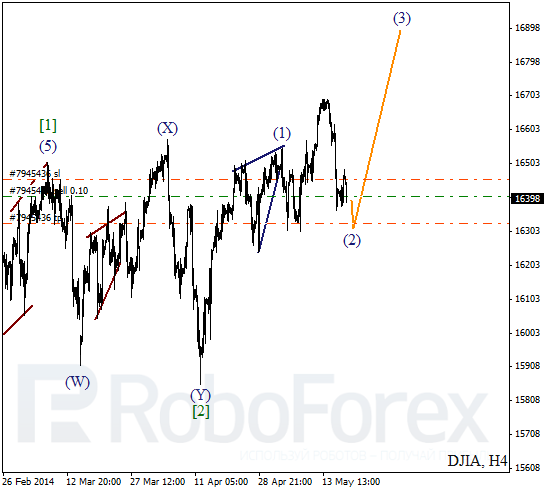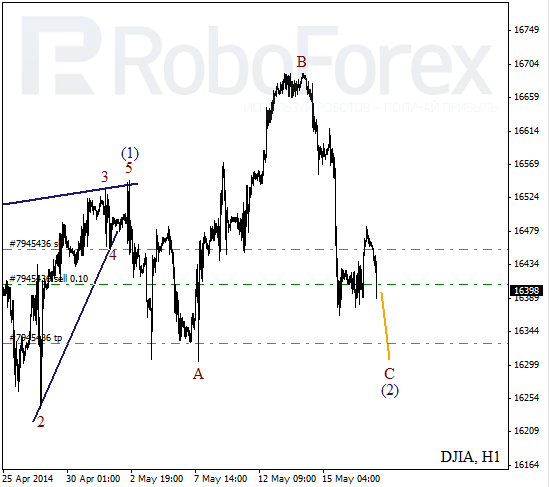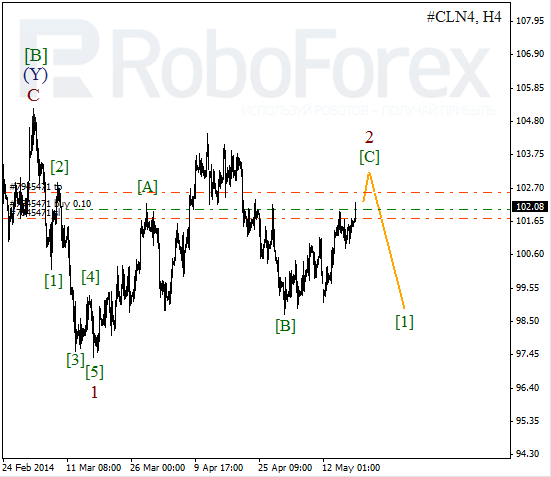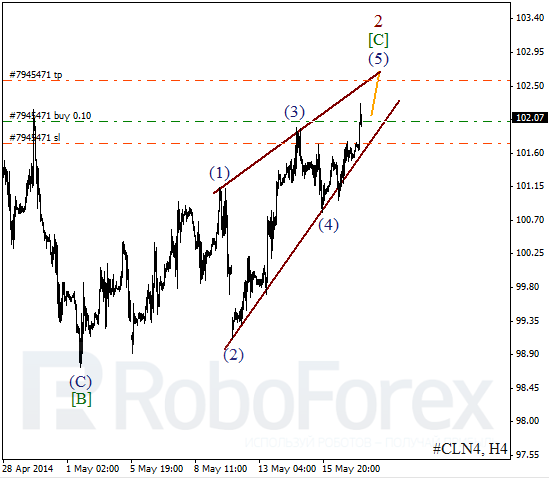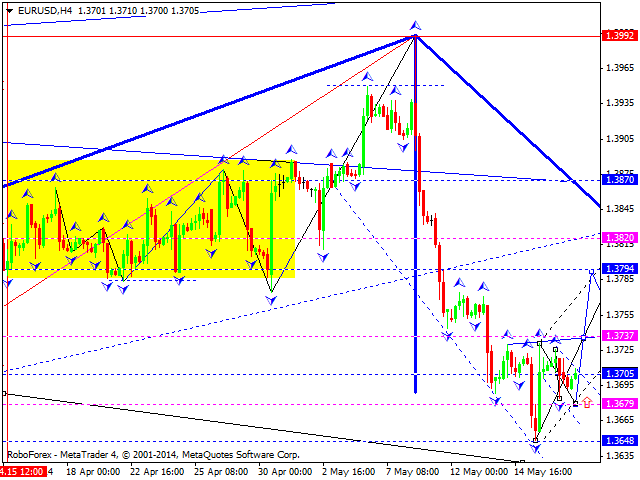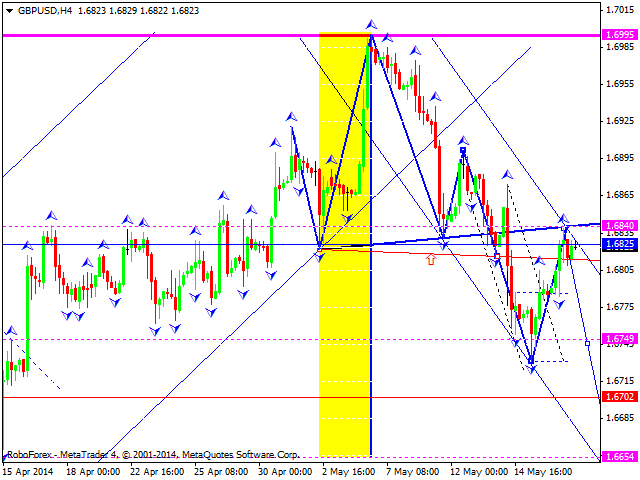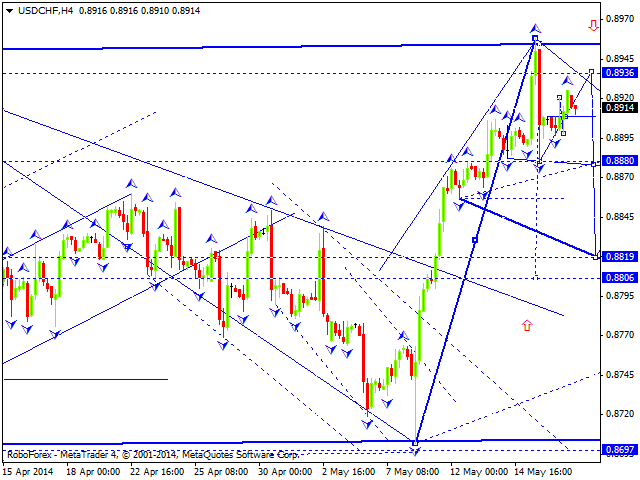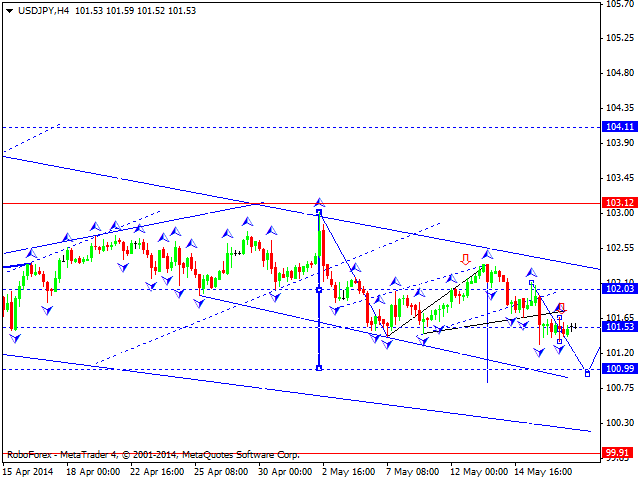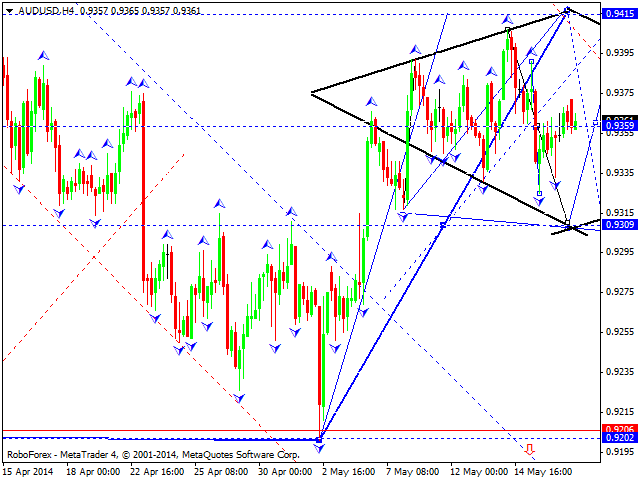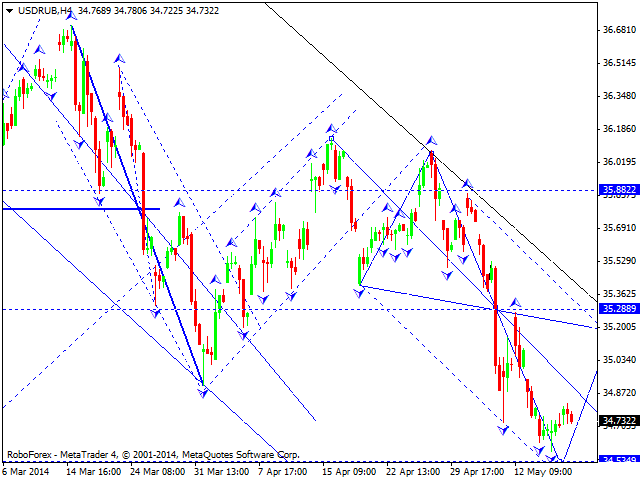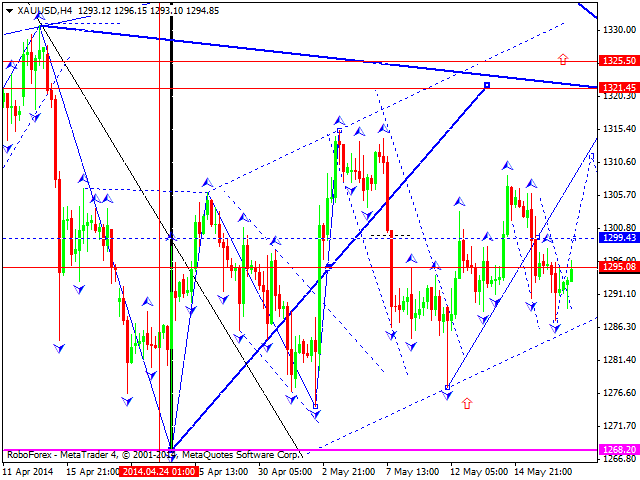By MoneyMorning.com.au
There’s an old saying attributed to the former German chancellor Otto von Bismarck, ‘Laws are like sausages, it is better not to see them being made.’
Whether Bismarck actually said that or not doesn’t matter.
It’s the words, not the source of the words, that’s important.
The point is that sometimes it’s better if you don’t know what goes on behind the scenes. Sausages are delicious. But maybe you wouldn’t feel that way if you could see the ‘ingredients’.
But that’s not unique to sausages. You can apply this saying to other scenarios. For instance, financial markets…
The Financial Times reports that the head of the investment bank unit at Deutsche Bank has sent a video message to the bank’s traders. He wants them to stop being so boorish:
‘Let’s be clear: our reputation is everything. Being boastful, indiscreet and vulgar is not OK. It will have serious consequences for your career. And, I have lost patience on this issue.’
No doubt the top brass at Deutsche Bank had plenty of patience until six years ago. Back then investment bank traders could be as boorish as they liked…as long as the ‘tills kept ringing’.
That’s changed. But it’s not the behaviour that really unsettles the head honchos. Rather, they’re afraid that internal messages will become public during an investigation by regulators.
In other words, the bankers want you to accept the investment banking ‘sausage’, but they don’t want you to see what goes into making the investment banking ‘sausage’.
They most certainly don’t want you to know about the interest rate and market manipulation that takes place on a daily basis, for which the big banks are now under scrutiny.
Suits, shirts and silk ties
Regulators in the US, UK and Europe are investigating and fining some of the world’s biggest banks for interest rate manipulation.
Last year European regulators fined eight banks a total of EU€1.7 billion for forming illegal cartels to fix interest rates.
Bad boys. But it had been going on for years. Only when they couldn’t hide it anymore did the regulators start to take an interest.
The point is that sometimes financial markets aren’t as clean cut and orderly as people would like to think. The sharp suits, fancy shirts and silk ties disguise a breed of person you probably wouldn’t want to marry your daughter.
They’re boorish, rude, and vulgar. But they make their employers — the investment banks — a lot of money.
Like it or not, it’s an attitude that regular investors need to take with financial markets. There’s no room to be polite when investing. The goal of investing is to use the circumstances to your advantage to make money.
That sometimes may mean taking decisions that you otherwise may prefer not to take. For example, investing in fossil fuel or tobacco companies. It’s a subject we wrote about in Money Morning on 9th May. We received a number of negative letters in response.
In that edition we said that investors can’t afford to think about ethics when investing. We drew a parallel with the campaign against tobacco companies in the 1990s and 2000s. Back then the big US university endowment funds began selling their tobacco shares.
From an investment perspective it was a big mistake. Companies like British & American Tobacco [LON:BATS] gained 533% in the years after. Reynolds American [NYSE:RAI], another big tobacco company, gained 596%.
Today, the university endowments are making the same mistake. This time with fossil fuels. Rather than investing to maximise returns they’re investing to please the green lobbyists. It’s a decision they’ll likely regret as fossil fuels continue to be a key fuel for economic growth.
The ‘human haters’ react
But as we say, not everyone agrees with this view. Money Morning reader Scott wrote to say:
‘With regards to tobacco investing, “cute move” you say – how about tobacco kills, is the biggest preventable cause of death, and as such, would it not be wise to not support such an industry?
‘Same with fracking. We humans know very little in the scheme of the universe, but we are great at raping and destroying what we do know.
‘So you propose we support this? What is the real science and what are the consequences? Where do we go when we have destroyed this planet? Why aren’t alternative energy sources being developed quicker?’
It’s typical of the responses we expect from ‘human haters’. Far from destroying the planet, the human race has done more than any other species in history to improve and develop its surroundings to create a more comfortable standard of living.
Is there another species on the planet that has managed to triple the average life expectancy of its own members? Not that we know of. Humans have done that because of the ability to take risks, make decisions and use technology.
But what about the idea that we should consider the ‘real science’ and ‘consequences’ of fracking? Well, you can thank your lucky stars that the original great wildcatting oil explorers of the 19th and early 20th century didn’t consider the ‘science’ and ‘consequences’ when they discovered and exploited oil in Texas and Pennsylvania.
Investing isn’t always pretty
If they had stopped to think about the environmental impact where would the world be today? You most likely wouldn’t be reading this letter online. You most likely wouldn’t have that nice car, or be able to take an electric-powered train to work.
You probably wouldn’t have fast transport such as intercontinental air travel, or other technologies that have come about either directly or indirectly due to the discovery of oil or other chemicals — plastics, paints, synthetic clothing, TVs, whitegoods, and so on.
In fact, if it wasn’t for oil and gas, it’s more likely than not that the world would have kept using to a greater extent than it does today another type of fossil fuel that had been used by humans for millennia — coal.
Now that’s what we call irony.
Bottom line: investing isn’t always pretty. Like the sausage factory, sometimes it’s best if you don’t peek inside. But one thing is undeniable. As an independent investor it’s up to you to make the investment decisions that can help you achieve your investing goals.
For the past 100 years oil has been one of the best investments. And that isn’t likely to change for the next 100 years…whatever the green lobbyists like to think.
Cheers,
Kris+
Join Money Morning on Google+

By MoneyMorning.com.au




